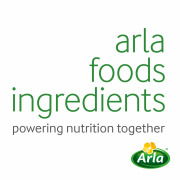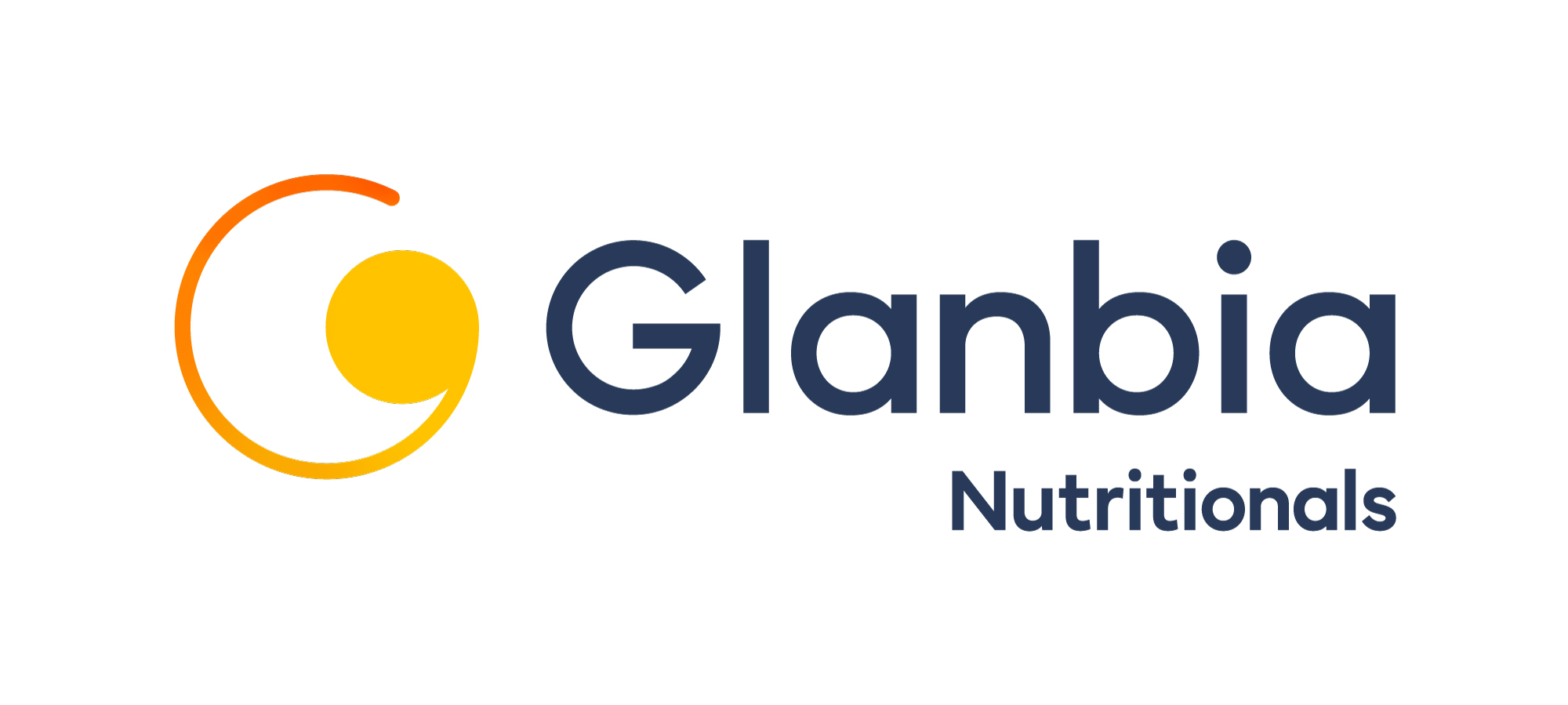News
Covid-19: International dairy sector under pressure
25 Apr 2020The novel coronavirus crisis has shaken the entire food and beverage industry, but the dairy sector has been particularly hard hit as demand for many dairy products has evaporated. What happens next for the dairy industry?
Closure of the foodservice sector has had an especially significant impact on global dairy demand, although in many countries, increased at-home purchases of dairy products are helping to ease the overall pressure on supply chains.

In China, most butter and cream is imported, often for use in western-style products available in restaurants and foodservice, so the impact on first quarter sales has been felt strongly by suppliers in Europe, Australia and New Zealand. On a domestic level, too, UK dairy farmers have warned that the lack of dairy demand from foodservice could force them to cull cattle, while US dairy trade groups have estimated that supply exceeds demand by at least 10%.
European dairy farmers have called on the European Commission to activate voluntary production cuts across the region to safeguard prices, and to prevent producers from pouring away millions of litres of milk, while US dairy groups have called for government assistance.
Individual companies and farmer cooperatives already have taken their own measures to prevent long-term damage to the sector. Danish dairy group Arla Foods, for instance, has said it will prioritise products for everyday life at home, such as fresh dairy products, infant nutrition, cooking products, long-life milk, nutritional products for the medical sector, and milk powder for countries outside Europe. Meanwhile, Irish nutrition group Glanbia has said it has traded reasonably well because its main focus is on retail markets, and although getting products to many international markets has been difficult, this has been offset by higher demand in North America in particular.
Rabobank’s latest research note on the sector suggests that it will go through three distinct phases of market movement over the next year, from panic-buying, to lower retail demand and greater logistical challenges, to longer-term loss of consumer purchasing power. In the EU, some countries and products – like processed cheeses and mozzarella – are especially exposed to the closure of foodservice channels.
However, it added that there were reasons for the global dairy sector to be optimistic about a return to normal. China’s consumer buying patterns are likely to normalise by the second half of 2020, it said, and there are signs that this is already happening in some supply chains. The faster each country gains control of the pandemic within its own borders, the faster dairy demand will return across the board.
In the meantime, many larger dairy companies may be able to redistribute milk to long-life and retail products, but smaller companies with more limited product portfolios are likely to face greater pressure.


